The Global Search and Rescue Aircraft Market has witnessed significant advancements and growing demand in recent years, driven by an increasing emphasis on safety and emergency response worldwide. As countries invest in enhancing their search and rescue capabilities, several key players have emerged with innovative solutions tailored to meet the diverse needs of this sector.
The competitive landscape is characterized by a blend of established aerospace manufacturers and newer entrants, each striving to leverage cutting-edge technology and improve operational efficiencies.
Factors such as regulatory requirements, technological innovations, and collaboration with governmental bodies heavily influence the competitive dynamics of the market, resulting in a landscape marked by strategic partnerships, product development, and diversification.
Leonardo has carved a significant niche within the Global Search and Rescue Aircraft Market, backed by its extensive expertise in the aerospace and defense sectors. The company's strong reputation for producing versatile and reliable platforms ensures its aircraft meet the specific requirements for rescue operations, from maritime missions to land-based emergencies.
Leonardo’s commitment to integrating advanced technologies, such as enhanced communication systems and operational readiness features, positions it advantageously in this competitive landscape. The firm's emphasis on customization allows it to cater to a variety of missions, making its offerings particularly appealing to both military and civilian customers.
Additionally, Leonardo's strategic collaborations with various governments and non-governmental organizations bolster its market presence, enabling it to expand its operational capabilities in search and rescue missions around the world.
Airbus plays a pivotal role in the Global Search and Rescue Aircraft Market with a strong portfolio of aircraft designed for various mission profiles. The company benefits from its vast experience and technological expertise in developing platforms that are efficient and effective in conducting search and rescue operations under challenging conditions.
Airbus's commitment to sustainability also enhances its competitive edge, as it aims to innovate in areas such as fuel efficiency and mission adaptability. The company's helicopter division, featuring models specifically optimized for rescue efforts, showcases its dedication to addressing the needs of customers in both emergency services and humanitarian missions.
Moreover, Airbus's strong global supply chain and extensive service network support its market presence, ensuring that operators have the resources necessary for effective mission execution and aircraft maintenance, thereby solidifying its standing in the competitive arena of search and rescue aircraft manufacturing.


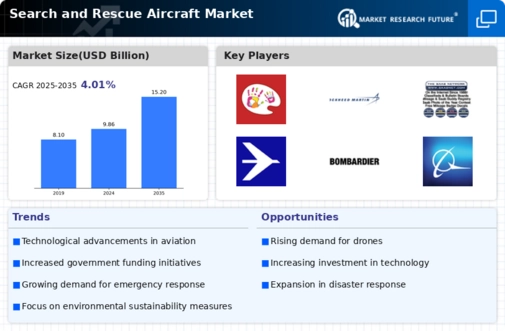
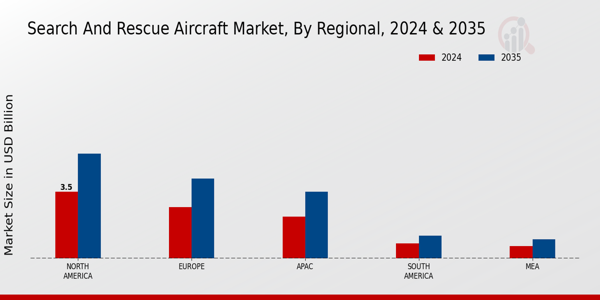
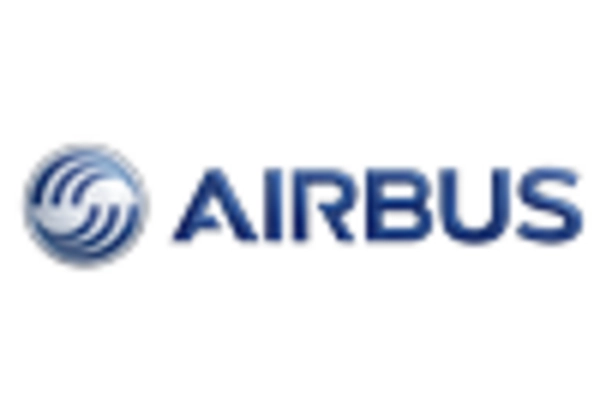


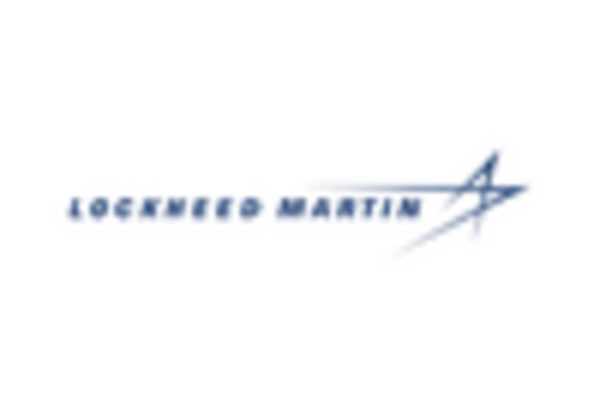

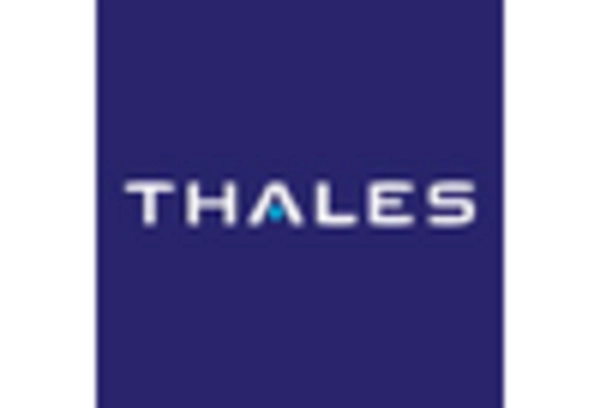








Leave a Comment